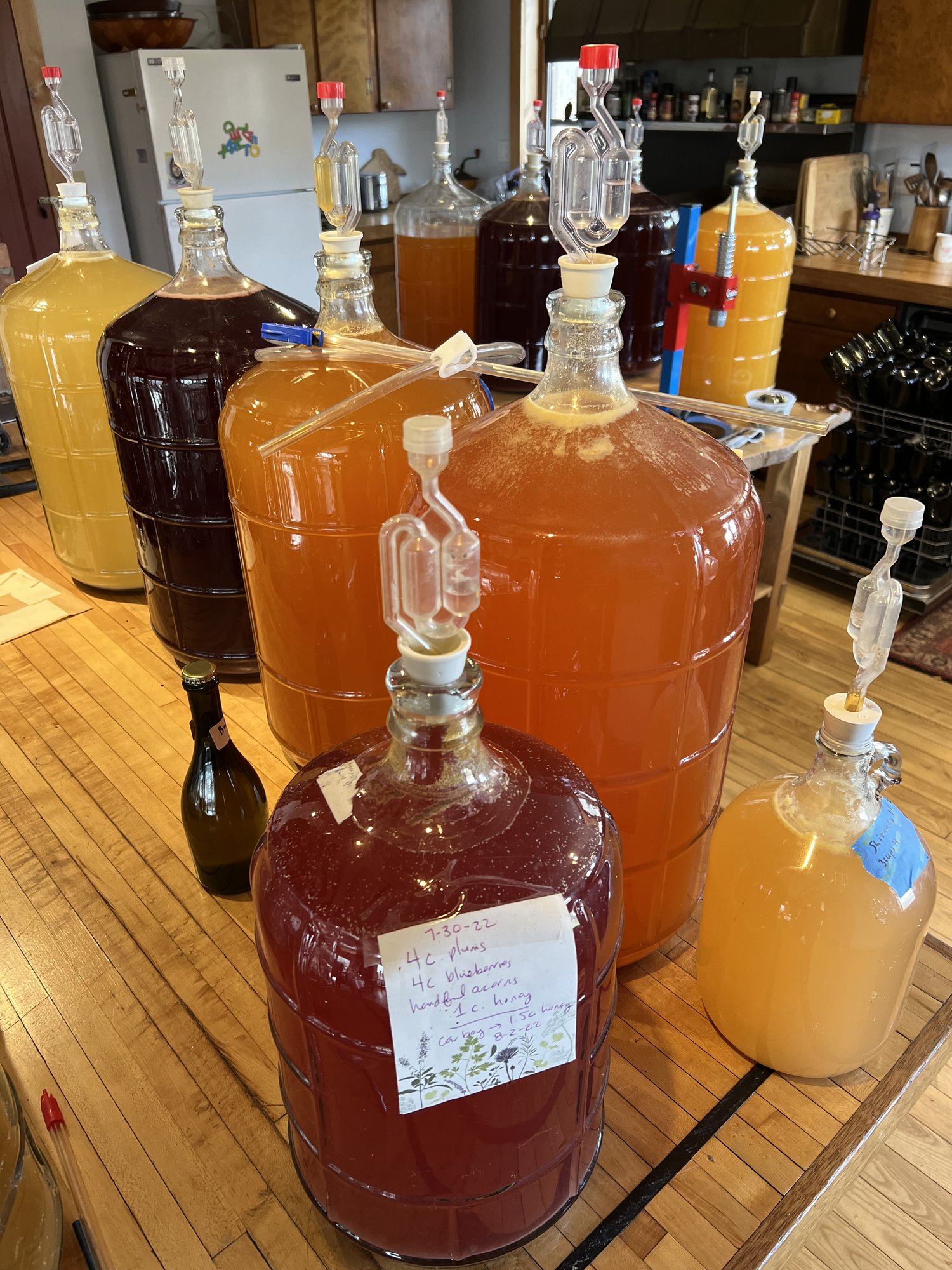benbrewing
Member
Hi folks,
Nice to meet people here, I am brand new here but have been experimenting with meads for about 10 years.
How important do people think it is to let the carboy get totally or very clear before bottling? I have bottled recently some fairly clear to very clear ciders and I still see some lees or sediment settle on the bottom. I am OK with this unless it makes long term aging potentially problematic. I am about 1/3 of the way into bottling 75 gallons of cider and mead from this summer and fall's harvest and am putting it all in green 500ml crown capped bottles and bottling at 1.004 to 1.010 for a nice sparkle. I can also rack into a third carboy (they are settling in a second one now and have been for about 1 week) and wait longer before bottling.

thanks for any advice!
Best,
Ben
Nice to meet people here, I am brand new here but have been experimenting with meads for about 10 years.
How important do people think it is to let the carboy get totally or very clear before bottling? I have bottled recently some fairly clear to very clear ciders and I still see some lees or sediment settle on the bottom. I am OK with this unless it makes long term aging potentially problematic. I am about 1/3 of the way into bottling 75 gallons of cider and mead from this summer and fall's harvest and am putting it all in green 500ml crown capped bottles and bottling at 1.004 to 1.010 for a nice sparkle. I can also rack into a third carboy (they are settling in a second one now and have been for about 1 week) and wait longer before bottling.

thanks for any advice!
Best,
Ben


